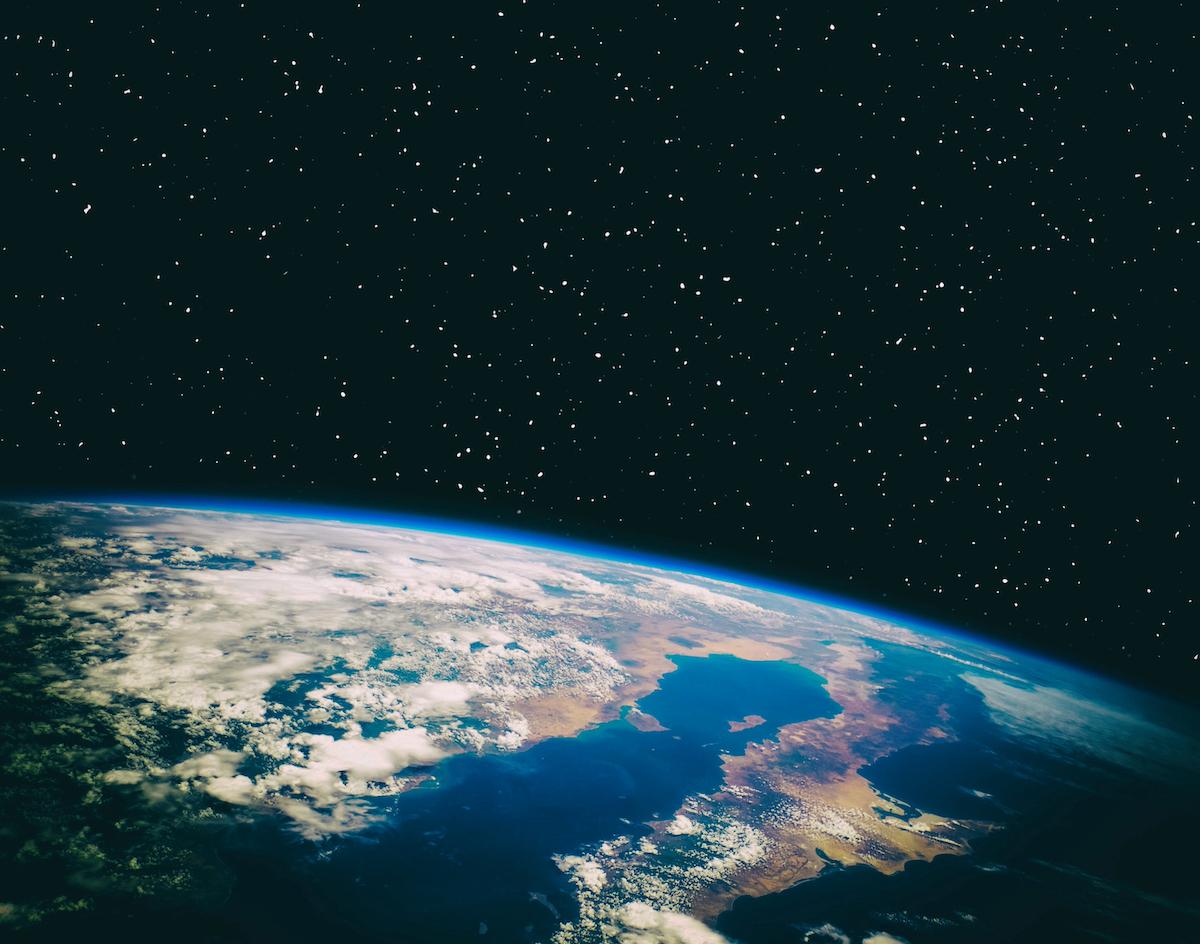Here’s How
Chapter Five
By now, you understand systems – and how our system interconnects with the natural systems that sustain us all.
You get the importance of context – of food chains and carrying capacities.
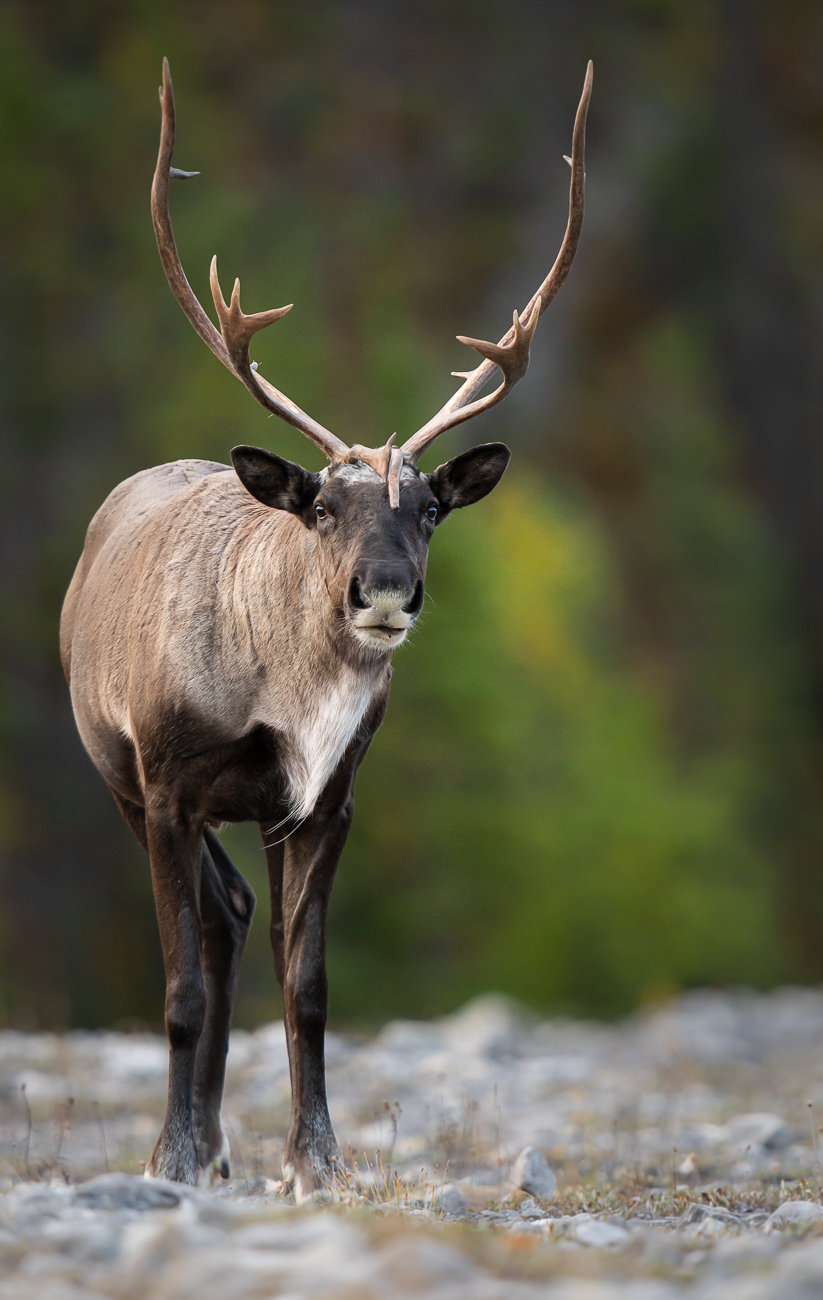 You understand why it matters to go beyond your first question and find the better question – to dig into complex genetics to understand the reproductive health of species-at-risk.
You understand why it matters to go beyond your first question and find the better question – to dig into complex genetics to understand the reproductive health of species-at-risk.
You know now that decision-making isn’t easy, but by understanding the difference between natural selection and extinction we can make better decisions for people and nature.
But how do we put all of this together through the scientific process of inquiry?
Good question!
Science advocate Dr. Larissa Vingilis-Jaremko for her thoughts:
“If there’s an understanding of how the ecosystem works, there’s a better understanding of what can happen if it’s not well respected. I think that’s exactly where science comes in.”
Larissa’s right. But because too few of us understand the process of scientific inquiry, we sometimes make faulty assumptions about science – and what it can and cannot do.
As biologist Laura Kennedy explains, “Science cannot tell you how to manage a system. It can only really help you understand and interpret the consequences of the decisions you make.”
That’s important to remember, mathematical ecologist Andria Dawson underscores.
“Science can’t tell you what the best way actually is in going forward. That’s more of an ethical question. There’s socio economic considerations and political considerations that come into play too.”
Andria continues, “Science doesn’t tell you what to actually do with the science. It can tell you what the evidence suggests and we can write down equations that describe relationships between things. But it doesn’t tell you how to feel about what we learn or what to do with that information.”
Ethicist and scientist Dr. Kerry Bowman puts it even more succinctly, reminding us:
“‘Can we’ is the scientific question, and increasingly the answer is yes, because we can do more and more. ‘Ought we’ is the ethical question, and that’s how the two things need to really fit together.”
Laura Kennedy says it’s for this reason that we can’t ask science alone to solve our problems.
“That really is a limitation of science. It’s not always going to tell you the path to move forward with. You need to make that decision based on all the stakeholders and all the populations that are going to be affected by the decision.”
Dr. Kerry Bowman states once more, “I think that’s why the ethics has to be woven in with the scientific inquiry.”
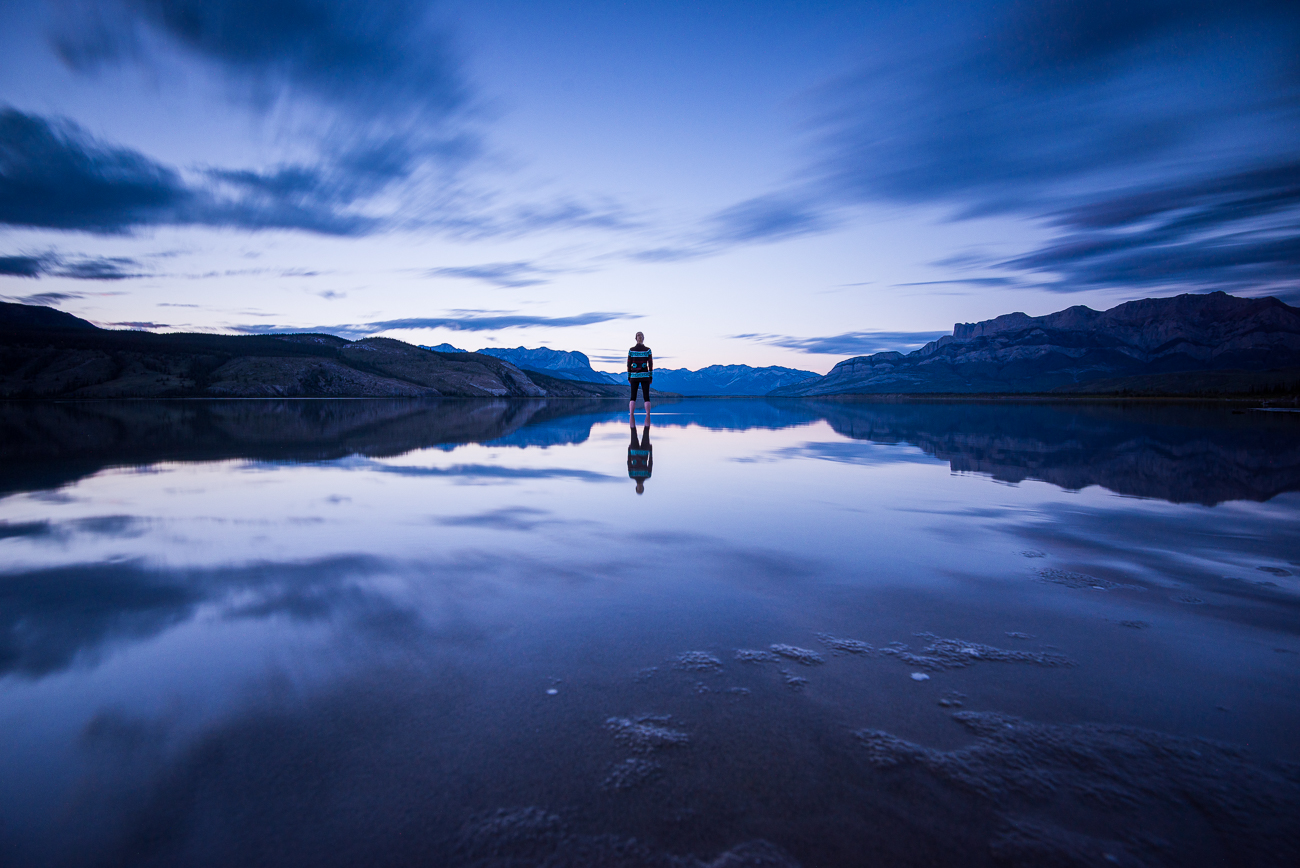 Science journalist Niki Wilson agrees, arguing we need to realize that science is just one tool amongst many that can help us make better decisions for people and nature.
Science journalist Niki Wilson agrees, arguing we need to realize that science is just one tool amongst many that can help us make better decisions for people and nature.
“I think it’s really important for other world views to be heard. I think scientists have one way of knowing the world, but there are many other experiences that can speak to these issues and move people.”
Even still, science still matters. After all, as scientist Isabella O’Brien notes, “It matters because it connects to everything.”
To use science to the best of its abilities, biologist Laura Kennedy says, “Clearly define your goals and then look at the science to see how you can meet those goals. That’s really important.”
Once the goal has been defined and it’s clear what role science can play in the process of achieving the goal, then it’s time to get curious, mathematician Andria Dawson tells us.
“I think one of the most important parts of science is curiosity.”
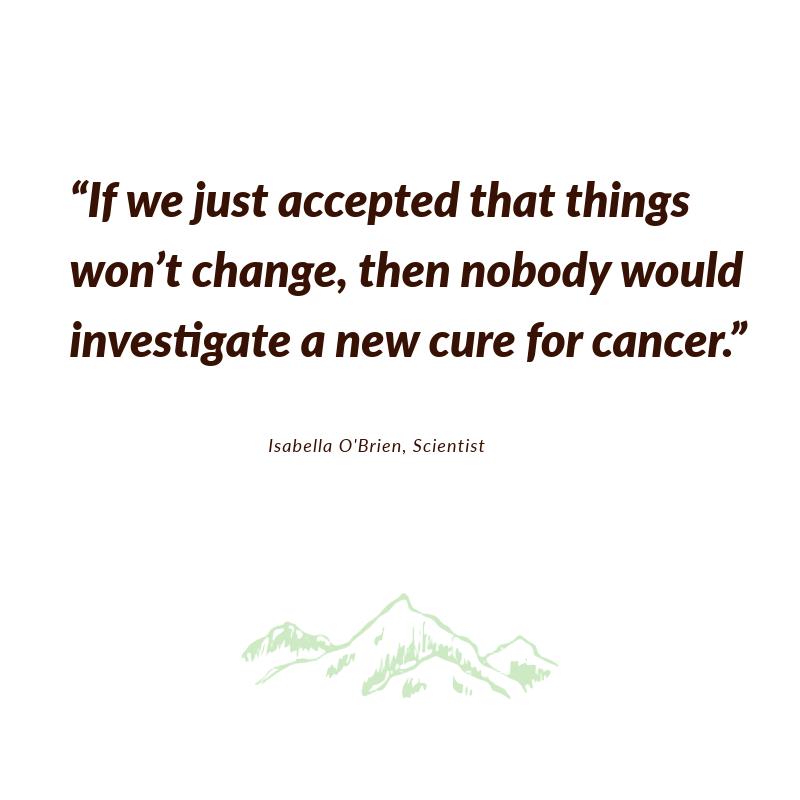
Scientist Dr. Larissa Vingilis-Jaremko agrees, adding: “I mean, we’re question askers and we attempt to answer those questions. And scientists are also very creative because we’re always trying to think about new ways to approach a particular question and think of new ideas.”
I mean, it’s true. It’s hard to inquire without curiosity, and we all need to be more curious, argues scientist Isabella O’Brien.
“If we just accepted that things won’t change, then nobody would investigate a new cure for cancer.”
Engineer-turned-financial executive Sandra Odendahl agrees.
“Our understanding of things always evolves. If we knew everything about science, there would be nothing left to research, which is obviously not where we stand on anything. So, think about health and all the developments every day to solve diseases. I mean, that’s science at work. We’re learning more every day. You’re always doing more inquiry. So, that’s the first thing people have to understand.”
What else should we know?
Larissa Vingilis-Jaremko says, “With science, you’re asking a question that no one else in the world knows to answer to. So, you do your research, because you want to make sure that no one has found the answer out yet, and find that there’s this gap in knowledge – there is something that nobody knows. And you’re going to try to find the answer, and you design your study really carefully to try to find the answer. You’re really creative in terms of trying to make sure that you are cleanly answering that question. And then you do your study, you analyze the data and there’s a moment when you are the only person in the world who knows the answer to that question.”
Larissa continues, “And I think that’s really exciting! You can go and share what you’ve learned. You write it up. You send it in to reviewers and you have other scientists who go over to say, ‘yes, we agree with you’ or ‘no, have you thought about this interpretation and why don’t you try additional studies this way?’”
That is exciting. But let’s back up for a second.
When Larissa said it’s key to “cleanly” answer the scientific question? What did she mean?
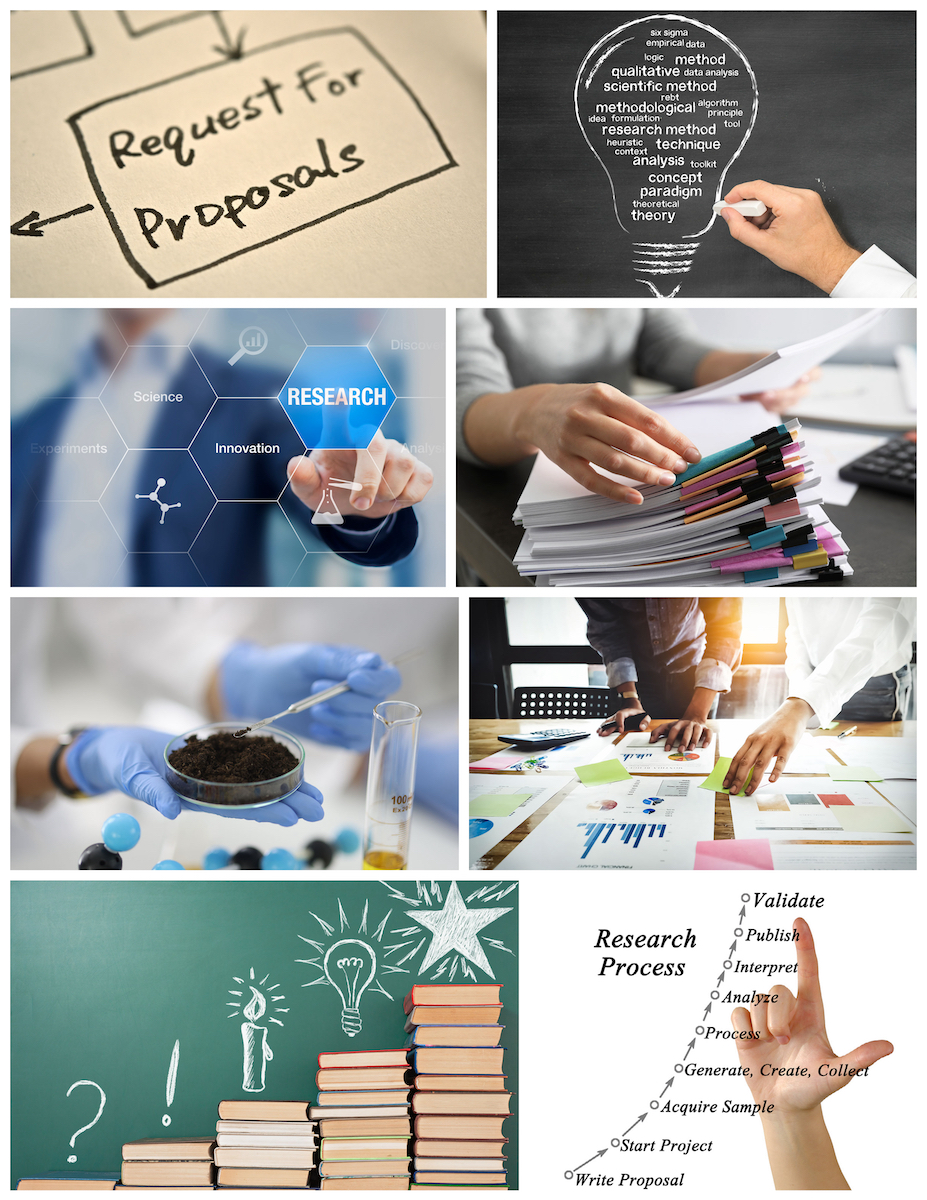
Mathematician Andria Dawson tells us, “In the science classroom, you really try to steer away from emotion.”
Why?
Well, as biologist Dr. Victoria Lukasik reminds us, when emotion enters the equation, bias can creep in.
“Scientific training usually tries to get all the personal stuff out of you. You’re supposed to be objective. You’re supposed to think of things in terms numbers, in terms of groups – not in terms of individuals. Don’t personalize (the science or the subject).”
To ensure scientists are indeed objective, Sandra Odendahl tells us a good scientific process has “checks and balances with peer review, questioning biases.”
After all, Sandra adds, “Every human being has biases. That’s why there are symposia and conferences and people have to have their research reviewed by others before it’s published.”
Famed bear biologist Dr. Stephen Herrero believes that the scientific peer review process is what puts the ‘good’ in good science.
“You’re talking to an academic, and I believe strongly in the model of establishing the validity of knowledge by peer reviewed scientific journal. This is the gold standard, as far as I’m concerned. Others may feel there are other ways of validating ideas and knowledge, but science is the basis for our knowledge and will continue to be so.”
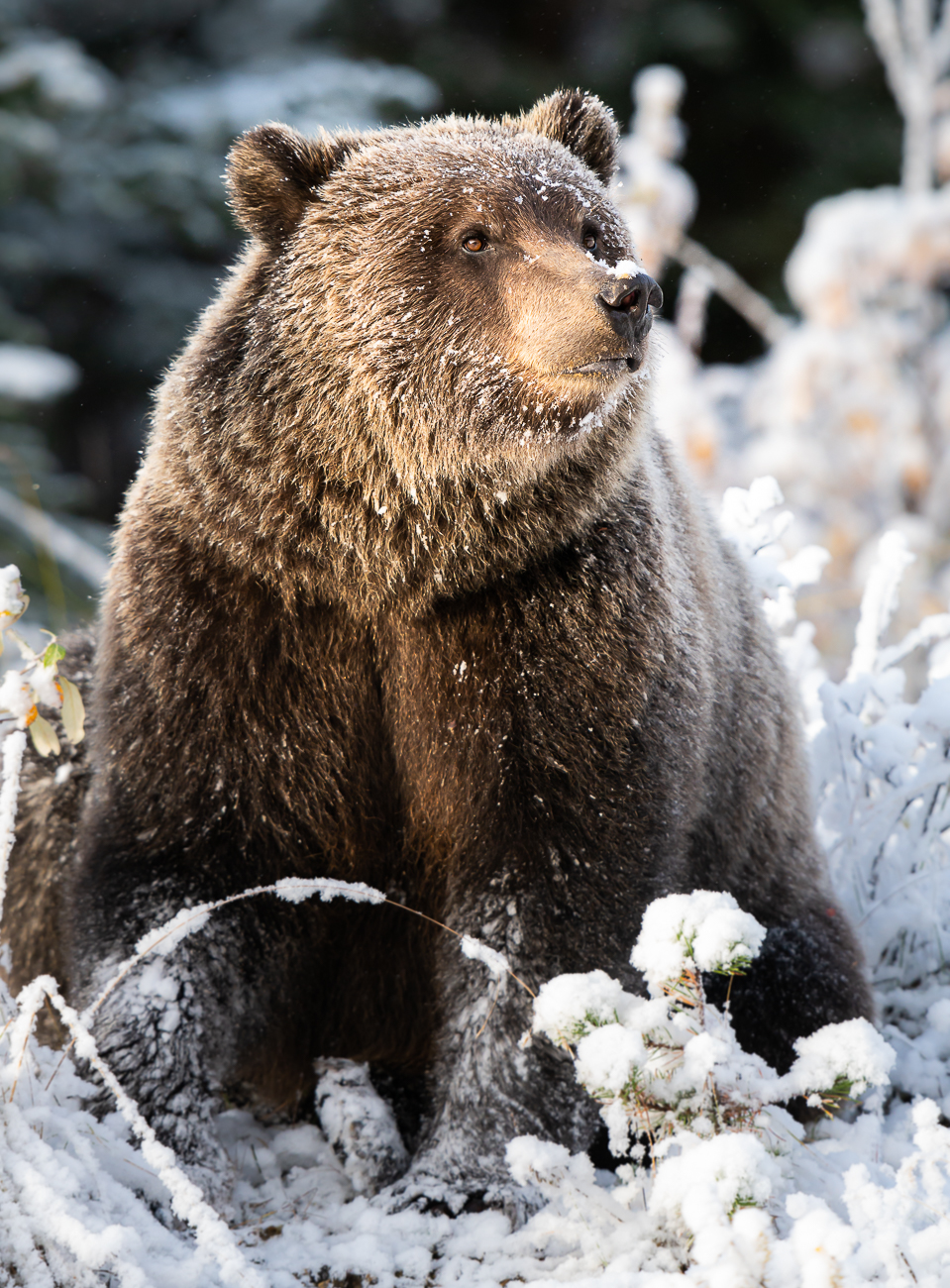
For that knowledge to be accurate and rooted in fact – not opinion – Parks Canada’s Louis-René Sénéchal agrees with Stephen that the scientific peer review process is critically important.
“You want to have a variety of scientific opinions. What if you got it wrong? And, so, the more sources of information you have, the more complete the picture you will have.”
It’s why biologist Dr. Victoria Lukasik tells us, “I think to be a good scientist, you need to always be willing to say that you could be wrong. And that’s okay. And I think that’s where society is really sort of missing the point, or maybe doesn’t understand how science works, because it’s been so manipulated by politicians or lobbyists or whoever. Just because something ends up being wrong, doesn’t mean that the whole plot process is flawed. It doesn’t mean that science is flawed. It doesn’t mean that the researcher is flawed. What’s flawed is when someone is trying to hide things or won’t admit they’re wrong.”
Biologist Dr. Shelley Alexander says that’s why scientists “are not supposed to speak in 100% proof of anything. We’re always supposed to couch things in terms of uncertainty. And that leaves room for interpretation.”
But, again, because society doesn’t understand the scientific process of inquiry, we often assume that uncertainty means there’s a problem with the science – and we almost always assume that mistakes equal bias.
It’s why Victoria wants to remind us, “There’s this kind of fear for scientists, based on how they are trained. You don’t want to be this person that’s seen as biased.”
And yet, as you’ve heard, bias is inevitable. For this reason, Victoria argues, it might be time for scientists to just come clean about their biases, rather than trying to be robotic and pretend they’re something that they’re not.
“I started off in science and then got into the social sciences. And one of the biggest things I took away is let’s stop kidding ourselves. We’re all biased. And one thing that I really appreciate about the social sciences is that they don’t pretend they’re objective; they just try to figure out what their biases are and be transparent about that. You’re supposed to be reflective; you’re supposed to kind of think about biases as you’re going through your research and how are my experiences colouring my lens that I’m looking at this.”
Victoria continues, “I really think science would benefit from us being less afraid about talking about biases and more willing to examine what ours are and be transparent about that.”
Mathematician-turned-angel investor Randall Howard agrees with Victoria and says something needs to give. The fear of appearing to be biased? It’s hurting the ability of scientists to communicate their findings, according to Randall.
“Scientists are not sure how to communicate their work to average people, and here’s the reason why: It’s not just because the scientists are introverts with pocket protectors that don’t know how to communicate. That’s not true. Many of them are good communicators, but the scientific method is, by definition, thoughtful; it’s slow. It’s in theories that get confirmed and once you use the word theory?”
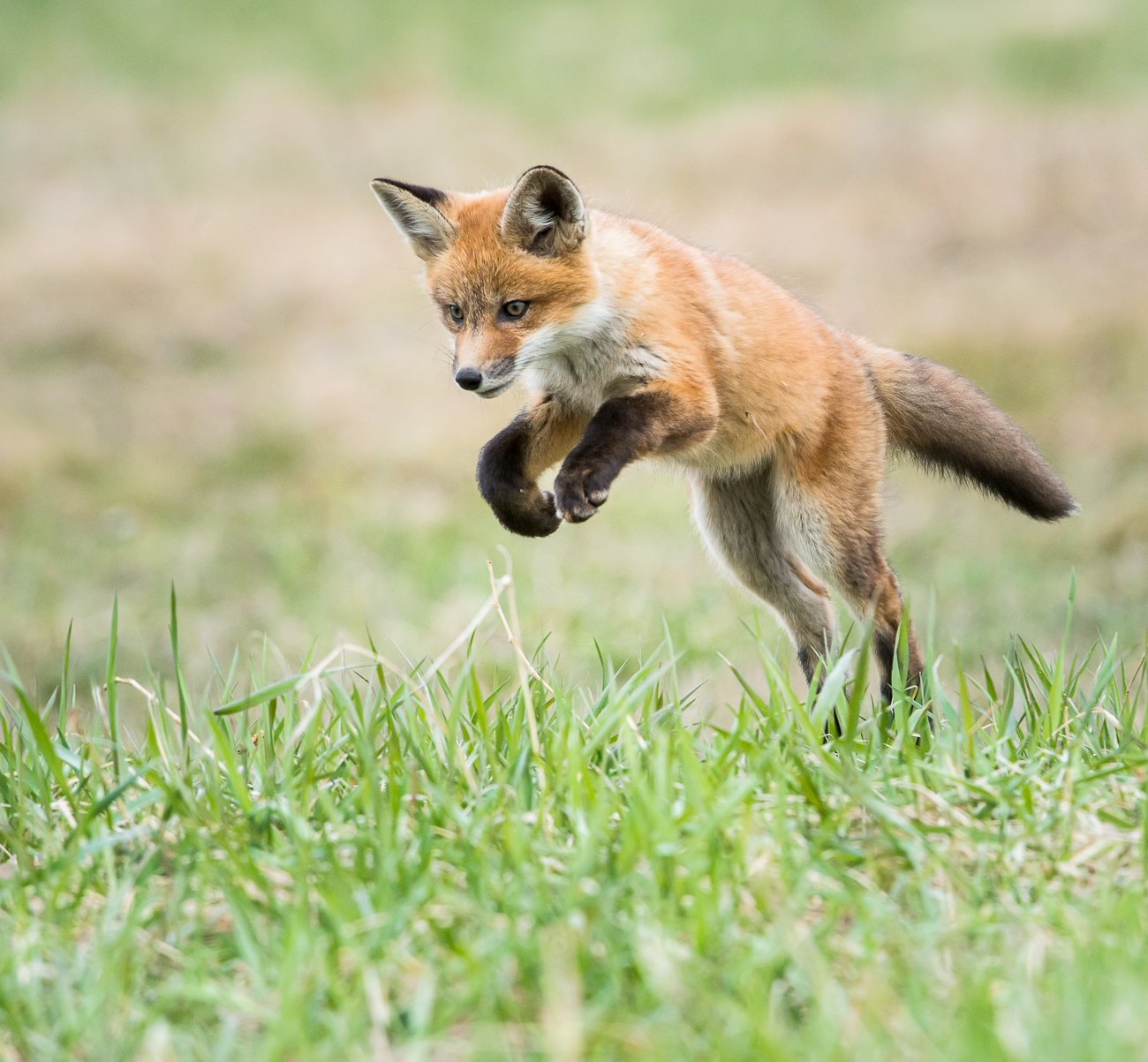 Dr. Shelley Alexander finishes the sentence for Randall: “It leaves these scientists open to attack.”
Dr. Shelley Alexander finishes the sentence for Randall: “It leaves these scientists open to attack.”
Exactly. And it’s why many scientists focus on sharing their work with other scientific colleagues, rather than the public.
Dr. Larissa Vingilis-Jaremko says science communication “can be very tricky, technical jargon. It’s the type of communication that’s very hard for the general public to understand, naturally, because scientists have spent so many years within this field learning that particular jargon, in order to understand all the nuances.”
And while Larissa argues that this type of communication is important, she also believes that scientists need to be able to decipher their work for the masses.
“It’s so important to translate that information to the general public with understandable terms. The general public shouldn’t have to go to university for decades within that particular topic area to understand what we’re talking about.”
And though deciphering science in lay terms for the public is often where scientists open themselves to attacks of impartiality, Isabella O’Brien makes the point: “If you’re just advocating to follow the science, that’s not an unreasonable thing to ask. (Scientists should be able) to say, ‘this is the truth; this is what needs to be done’.”
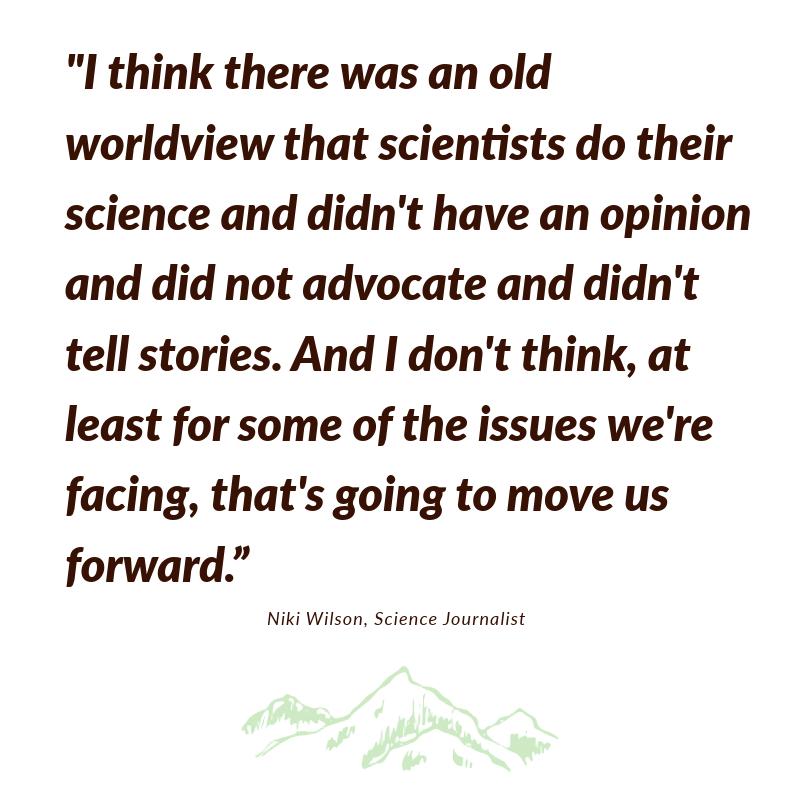
Science journalist Niki Wilson agrees.
“I think it’s really imperative scientists have communications training. I think there was an old worldview that scientists do their science and didn’t have an opinion and did not advocate and didn’t tell stories. And I don’t think, at least for some of the issues we’re facing, that’s going to move us forward.”
But biologist Sandra Nelson argues that good science communication doesn’t equate to advocating for solutions, or even the science that’s uncovered. Sandra believes that for science to resonate with the public, it just needs to be explained in real-world terms.
“If you can’t communicate that knowledge, you’re in the wrong job. You have to be able to communicate it verbally and you have to be able to communicate it in writing. It’s those storytelling and structure components that we learn in English class in high school that are so important. I use the essay structure, the paragraph structure, that I learned from Mr. Olsen, my grade 11 English teacher, all the time. And it continues to serve me to this day. It was one of the best courses I ever took, English 11.”
Few understand good communication better than Clive Jackson, the long-time Global News managing editor. Clive helped decide what stories made the cut for TV news each night. And the secret ingredient that helped the stories get on the air?
“Passion. Someone has to care passionately about what it is they’re trying to sell to the media. And I think that reflects in whatever they do. If they send a press release saying ‘we’ve got this great story here!’ Then that’s half the battle, you have someone that cares. You also need to show that it’s a visual story, it’s a unique story, and that you’ve got people who will come forward to talk about what it is you’re trying to talk about.”
And if the goal is to get on TV news?
“Of all those story tips that came in, what makes one stand out? Firstly, it’s got to be short. There’s no point in sending in reams and reams of words because no one’s going to read it. You’re going to maybe read two or three sentences.”
That’s not just important advice for pitching the media – that’s important advice for every type of communication. If the goal is to pitch an investor or sway a policy maker or just convey an idea to a friend, keeping it short matters.
So too does this, says Clive: “When you send an email, it’s the title that really helps.”
But even a good pitch is irrelevant, Clive argues, if what’s being pitched is “lost in academia. You really don’t want to go to conferences where people are sitting around in suits. And that’s really part of the problem with environmental stories – you have these conferences where people are sitting around.”
 It’s why journalist Niki Wilson advises finding a hook that connects a scientific study to a real-world touchstone.
It’s why journalist Niki Wilson advises finding a hook that connects a scientific study to a real-world touchstone.
“Instead of talking about climate change, maybe talk about ice fishing. And that’s your entry point, how many fewer ice fishing days there are per year. That’s just an example. But I think you have to be really paying attention to who you’re trying to connect with and what stories they’re interested in.”
That’s also good advice when the goal is to pitch for funding, as science journalist and TV producer Mark Miller tells us.
“At the end of the day, whether you are lobbying government to build a park or whether you’re trying to raise money through a grant to hire a research biologist to study the DNA of owls, you’re still telling a story. You’re telling a story writing the grant.”
Very true. Who consumes that story – that pitch?
“Within a large swath of the sciences, it’s publicly funded.”
Dr. Larissa Vingilis-Jaremko says that even though government funds considerable scientific research, “it’s other scientists (on government panels) that are actually making the decisions on what grants get funded.”
Mathematical ecologist Andria Dawson understands Larissa’s point, but adds, “The research that they want to support is still determined by societal wants and needs, which is certainly shaped by media more generally. So, I think (public interest) does have a huge impact. That’s not to say that the science that isn’t glamorous doesn’t get done. It’s maybe just not done as quickly, or not as well funded.”
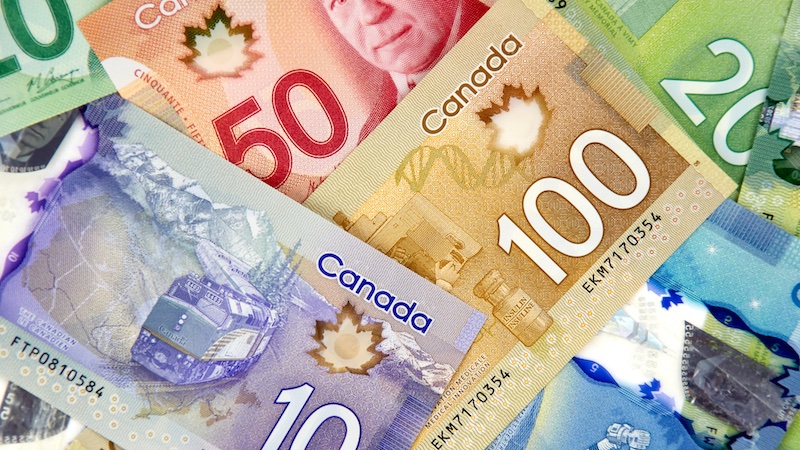 That means, sometimes, scientific research needs to do more with less. And it’s why, as accountant Amanda Gierling argues, even scientists need to be financially literate to succeed.
That means, sometimes, scientific research needs to do more with less. And it’s why, as accountant Amanda Gierling argues, even scientists need to be financially literate to succeed.
“Starting from a young age, understand money, finances, debt. It’s going to lay the foundation for your own life and, actually, if you want to take your idea to the next level. Money is always involved. It’s always going to be. You can’t get away from money because it’s how our world works. So, if you are not able to get through the details and understand what’s what in regards to finances, I think that you’re already a step behind.”
Indeed, understanding money doesn’t just make life easier, it makes work more impactful too. After all, every project requires money – investment or funding. Which can seem daunting, but one of Canada’s top fundraisers, Paul McIntyer-Royston, says it’s easier than we think.
“Funding isn’t hard because the basic bones of it are just connecting with people and asking and engaging and fostering a relationship. Fundraising really is all about the relationships.”
Paul’s advice?
“If you’re looking for money – whether it be a passion project or a cause you just truly care about – be authentic and realize fundraising is just an invitation to participate in something bigger than yourself.”
And remember, storyteller Garrick Ng says, “People say no, you’ll get doors closed on you. But that’s part of the adventure. I treat this as an adventure.”
Indeed, every good process – every good scientific process of inquiry – is just that. But all adventures – all careers, all ideas to better our world – can benefit from science, as Isabella O’Brien points out.
“You have to understand science to understand other fields.”
And the Cumming School of Medicine’s Dr. Aleem Bharwani agrees.
“Recognize the value of the pure sciences, but especially in how they can be amplified when viewed in conjunction with these other dimensions.”
Like art. Like the social sciences. Like anything really.
Conversely, Aleem continues, “If you apply those same skills to science (it will help us) understand how to think differently about any given scientific challenge.”
It’s why Dr. Larissa Vingilis-Jaremko believes we need more young scientists working with emerging leaders in different fields who understand the value of good scientific process. In her opinion, that’s how we find a better balance between the needs of people and nature.
“We need more people working on this. We need more people exploring this issue with governments, exploring this issue around the world, so that we can figure out a better way forward to make sure that we still have a world in the future.”
After all, whether through the process of scientific inquiry or by working to help amplify the work of scientists, Larissa says, “At the end of the process, you have shared information with other scientists and you have added to the knowledge in the world. That was your contribution to the knowledge of the world.”
